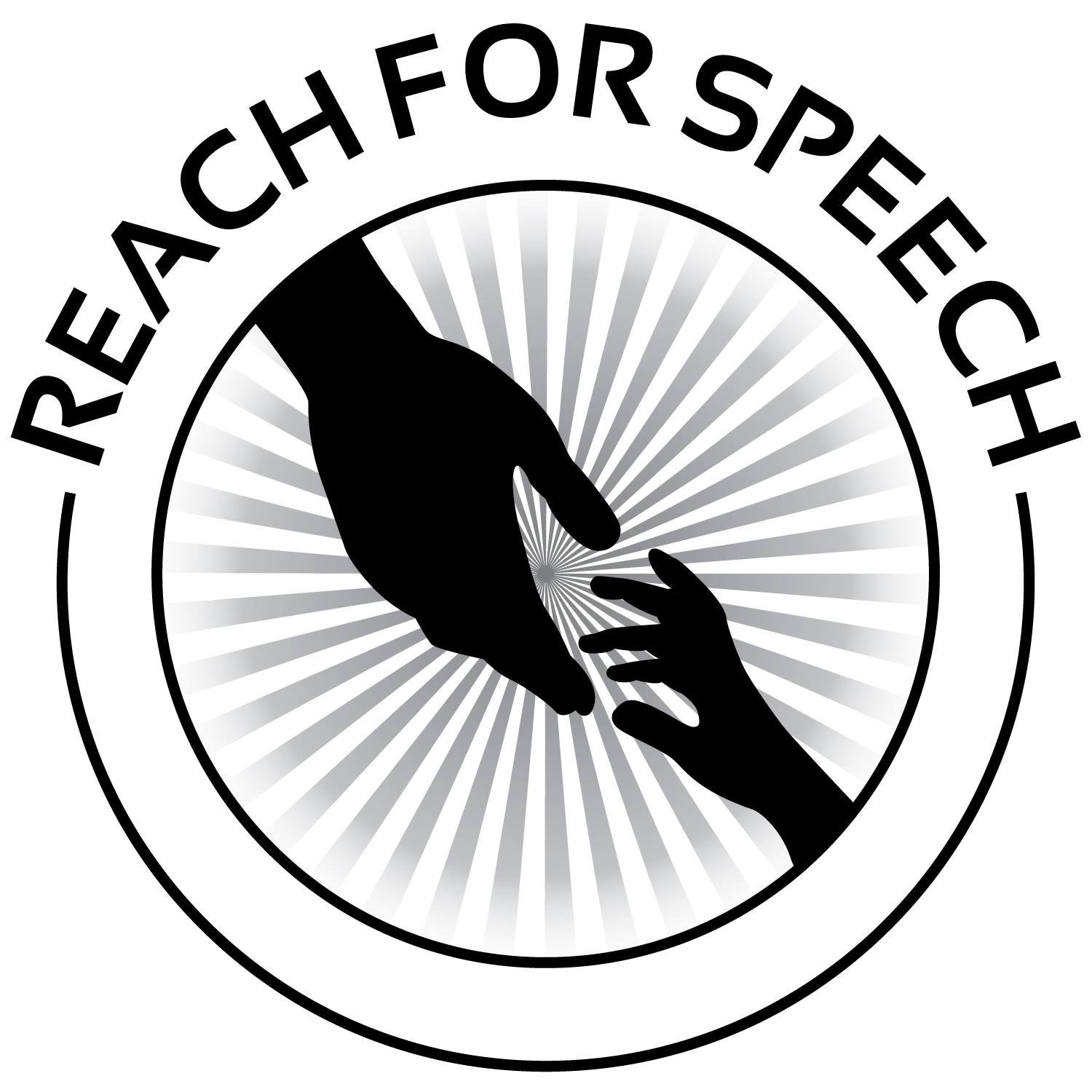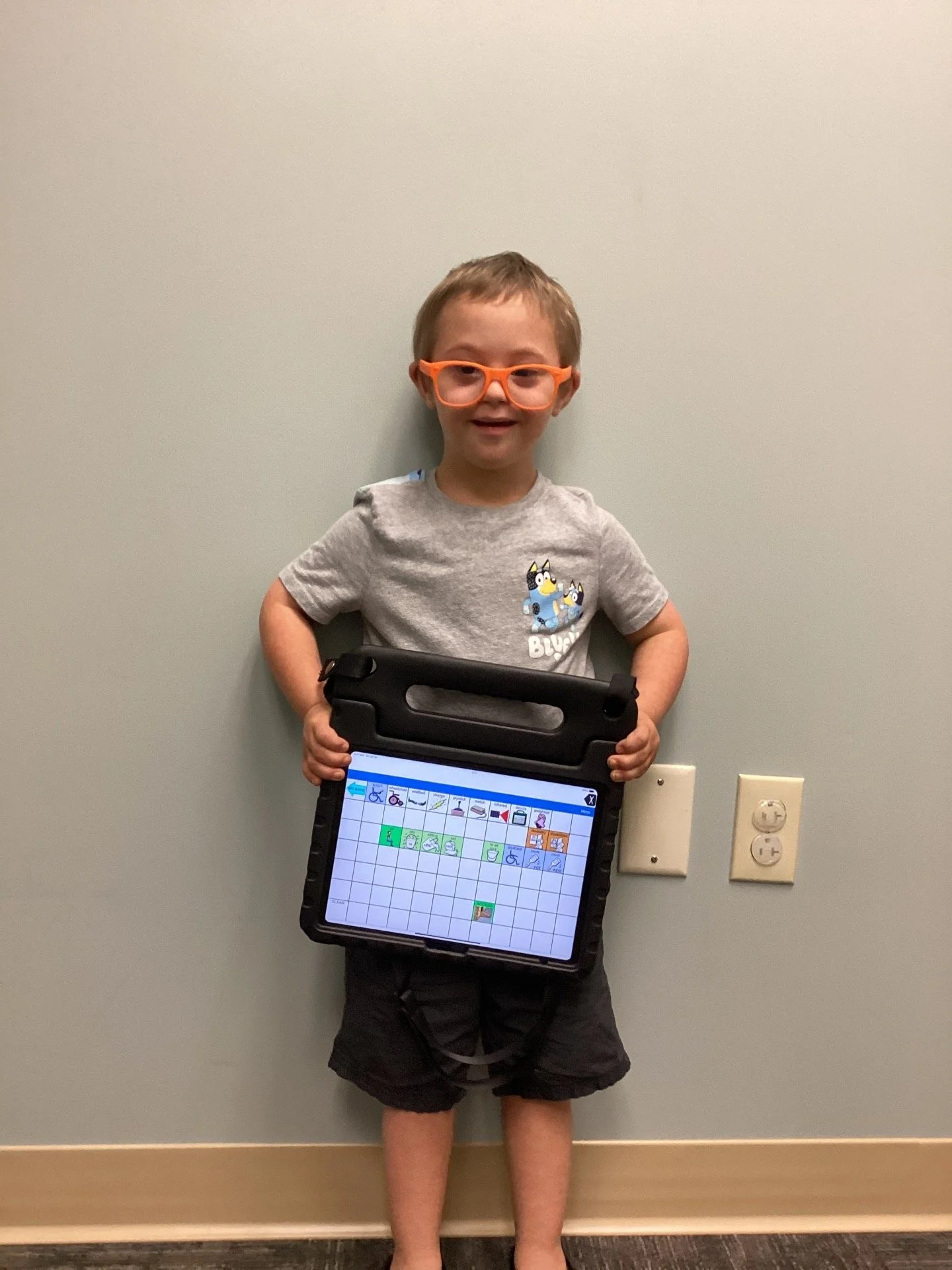Augmentative and Alternative Communication (AAC) Devices at Reach for Speech
At Reach for Speech, we are proponents of Augmentative and Alternative Communication (AAC) devices. These incredible technologies open up a world of possibilities for children who face challenges with verbal communication.
What is AAC?
AAC devices are tools that assist with communication when speech is difficult or impossible. Augmentative and Alternative Communication, also known as AAC, can be used two different ways: as a tool/aid to speech and language or as another primary possibility to communicate. There are many tools that are considered AAC that fall into the low-tech or high-tech categories. Some low-tech options are gestures, writing, and pointing to pictures. High-tech options include computerized devices to generate speech.
AAC devices provide a means for children to express their needs, wants, and ideas. By using pictures, symbols, or text-to-speech technology, kids can communicate more effectively with family, friends, and teachers. This not only helps them express themselves but also improves their social interactions and confidence.
Effective communication is key to social inclusion. AAC devices break down communication barriers to help children engage in conversations and participate in activities with peers. These devices play a crucial role in helping children feel included and valued in social settings, like at school or even within their family.
AAC devices empower children to take control of their communication. Instead of relying solely on others to understand their needs, children can use their devices to request items, ask questions, or share their thoughts. This fosters a sense of independence and self-advocacy.
In addition to helping children communicate what they already know, many AAC devices come with built-in language support features that can help children further grow their vocabulary. These devices often include vocabulary lists and sentence-building tools that help children learn new words and phrases. Over time, children can expand their language skills and improve their understanding of sentence structure and grammar.
Another great aspect of these devices is that they can be customized to fit an individual child’s needs. Whether it’s adjusting the vocabulary, or setting up specific communication boards, AAC devices can be tailored to match each child’s communication style and preferences.
If you’re considering an AAC device for your child, consult with your therapist. They can provide evaluations to assess your child’s needs, recommend appropriate devices, and provide training on how to use them effectively. At Reach for Speech, we work closely with families to find the best AAC solutions for their children.
If you think an AAC device might be right for your child, don’t hesitate to reach out. Our team is here to support you every step of the way on this exciting journey toward unlocking your child’s communication potential!

